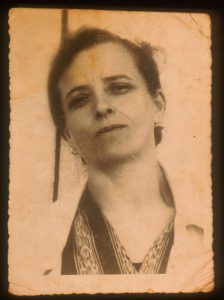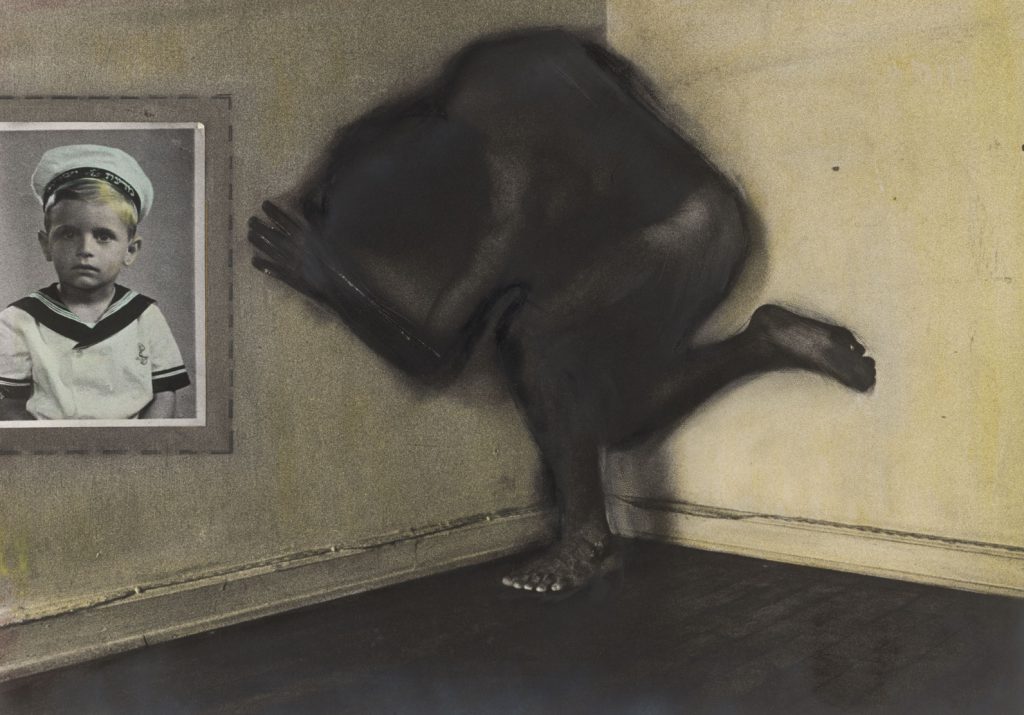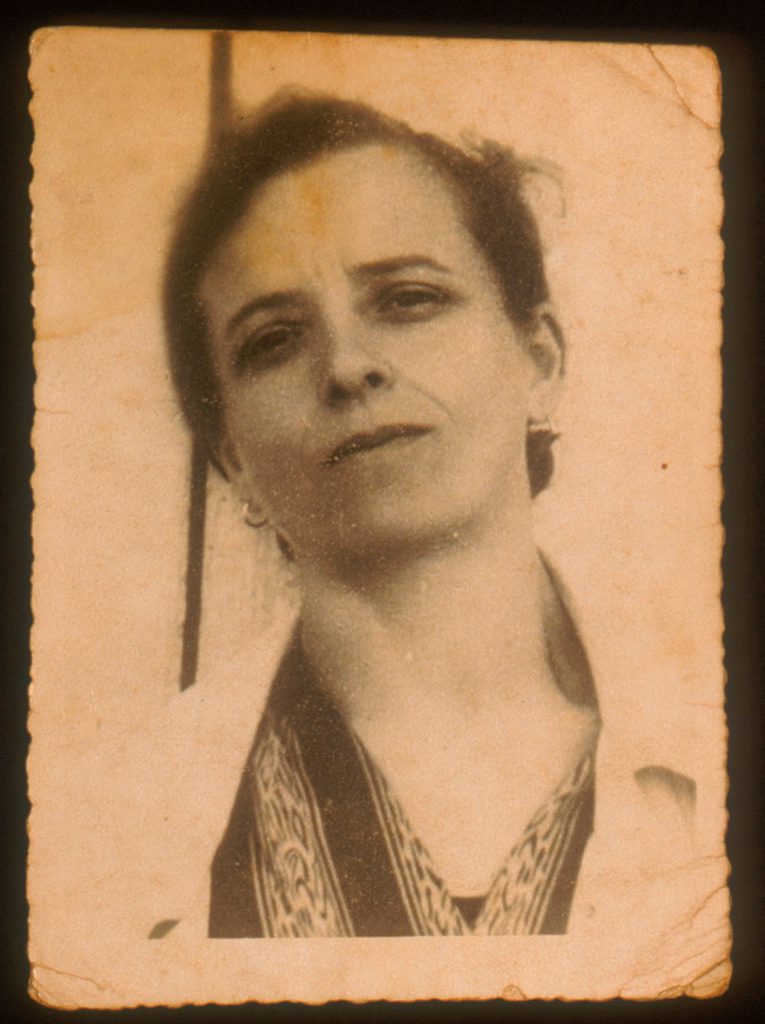
Reflections
Culture’s Great Swindler / Tsofit Kirshner
 The photo album belonging to Micha’s parents contained a small, yellowing snapshot of his father’s mother, Grandma Eva. His father, who had been strongly attached to his mother, spoke of her a lot, of his childhood, of life in their small town. The need to express his longing breathed life into an entire world that was no more. The photograph of his grandmother provided a pathway and a connection to the past and her figure, that of the ideal mother/grandmother, was a constant presence in Micha’s childhood. When he reached 13 his parents apparently felt that he was mature enough and told him for the first time that the photograph of Grandma Eva was taken two hours after she was murdered by a German guard at a forced labor camp in the Ukraine. Post mortem. As a child, Micha was shaken by this knowledge. This woman, whom he had grown to recognize as his grandmother, Grandma Eva who peered back at him from the family photo album, was in fact not alive. She died twice. Though Grandma Eva was a virtual, historical figure who lived only in his imagination, it was the moment of her death that was eternalized in this small snapshot. From that moment on, young Micha understood that what we see in photographs is not necessarily the entire story. It is a partial, framed, delusional testimony. The “truth” exists at times beyond the frame and beyond our grasp and what we see is only a small part of the puzzle that sometimes has no meaning without the wide context. If this is true of the photograph of Grandma Eva, what do the images that surround us relate? Perhaps, as Adam Baruch said, photography is culture’s great swindler.
The photo album belonging to Micha’s parents contained a small, yellowing snapshot of his father’s mother, Grandma Eva. His father, who had been strongly attached to his mother, spoke of her a lot, of his childhood, of life in their small town. The need to express his longing breathed life into an entire world that was no more. The photograph of his grandmother provided a pathway and a connection to the past and her figure, that of the ideal mother/grandmother, was a constant presence in Micha’s childhood. When he reached 13 his parents apparently felt that he was mature enough and told him for the first time that the photograph of Grandma Eva was taken two hours after she was murdered by a German guard at a forced labor camp in the Ukraine. Post mortem. As a child, Micha was shaken by this knowledge. This woman, whom he had grown to recognize as his grandmother, Grandma Eva who peered back at him from the family photo album, was in fact not alive. She died twice. Though Grandma Eva was a virtual, historical figure who lived only in his imagination, it was the moment of her death that was eternalized in this small snapshot. From that moment on, young Micha understood that what we see in photographs is not necessarily the entire story. It is a partial, framed, delusional testimony. The “truth” exists at times beyond the frame and beyond our grasp and what we see is only a small part of the puzzle that sometimes has no meaning without the wide context. If this is true of the photograph of Grandma Eva, what do the images that surround us relate? Perhaps, as Adam Baruch said, photography is culture’s great swindler.
This photograph that Micha repeatedly revisited, the perceived complexity of the image and its multifaceted meaning, was a focus of attraction for him. Although it did not generate a linear course, it is no surprise that he ultimately decided to center his life around photography.
In time, Micha appropriated his grandmother’s figure, photographed the small snapshot and enlarged it to standard size, and added it to his body of works. Many of his “larger than life” lectures, using photography terms, began with this story.
Hanna Shaviv, curator of the exhibition “Speaking the Truth”, said in the “Erev Rav” magazine that the photograph of his grandmother is the prototype of all Micha’s works. A 40-year body of works generated by one photograph: “This photograph is contained within all his works from then on. It is evident beginning from his self-portraits, produced immediately after he graduated, and until his last works. And it is not hard to understand how the subsequent issue of the concealed gaze was formed. The continued occupation with death, the blackened and distant eyes, are evident in all his works. Even in his later works that adapt photographs from pornographic websites. It’s all there. There is lots of interest in death and the erasure of identity. Vulnerability.


